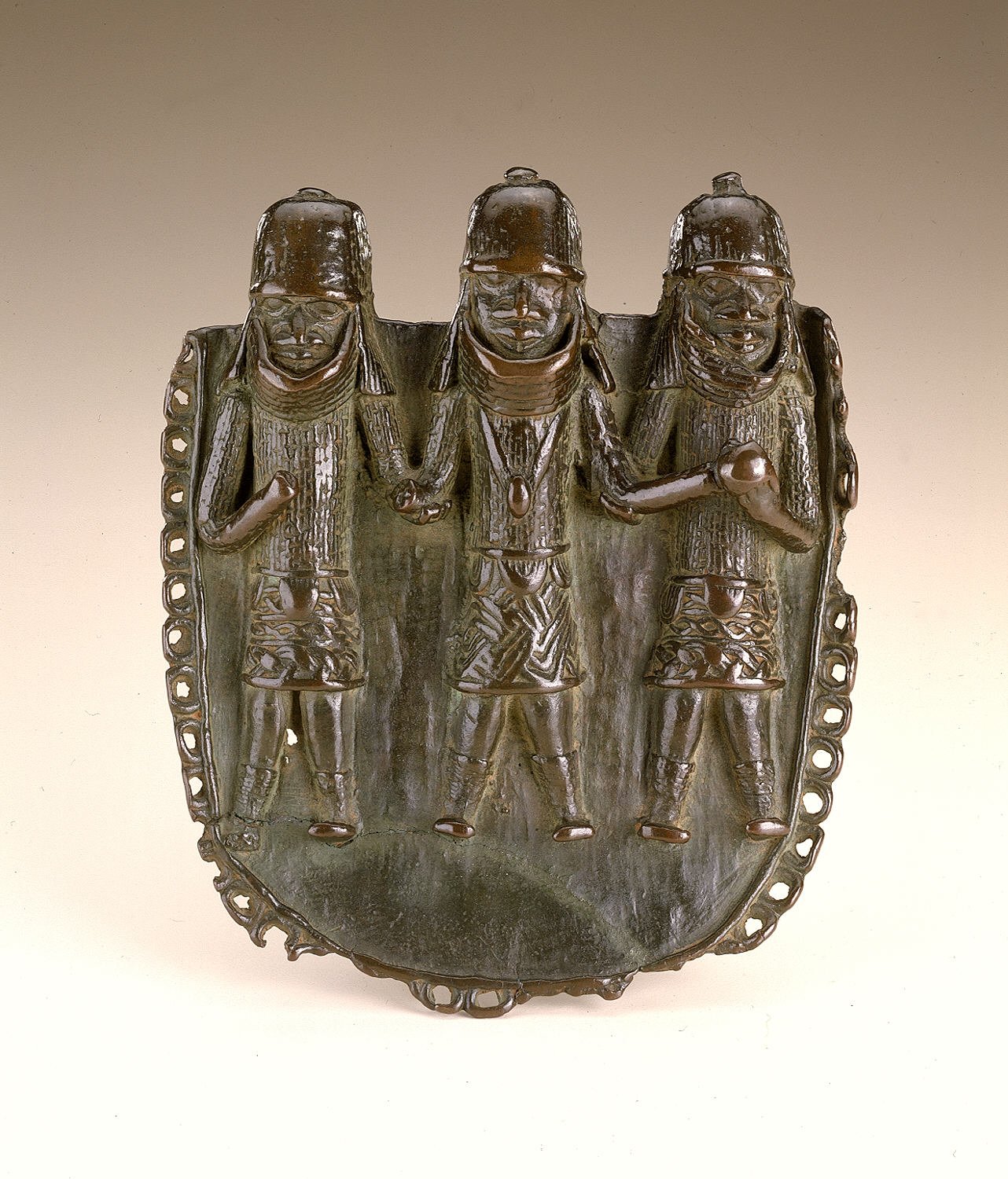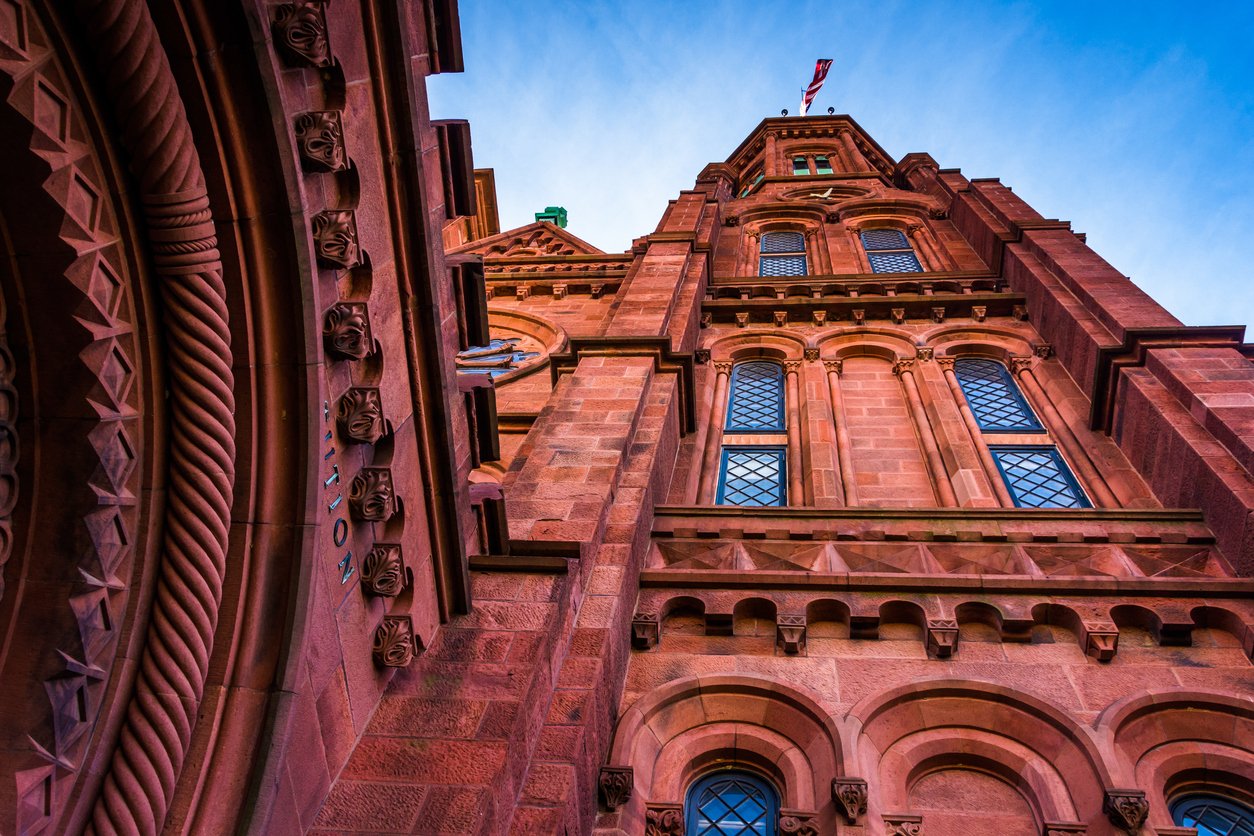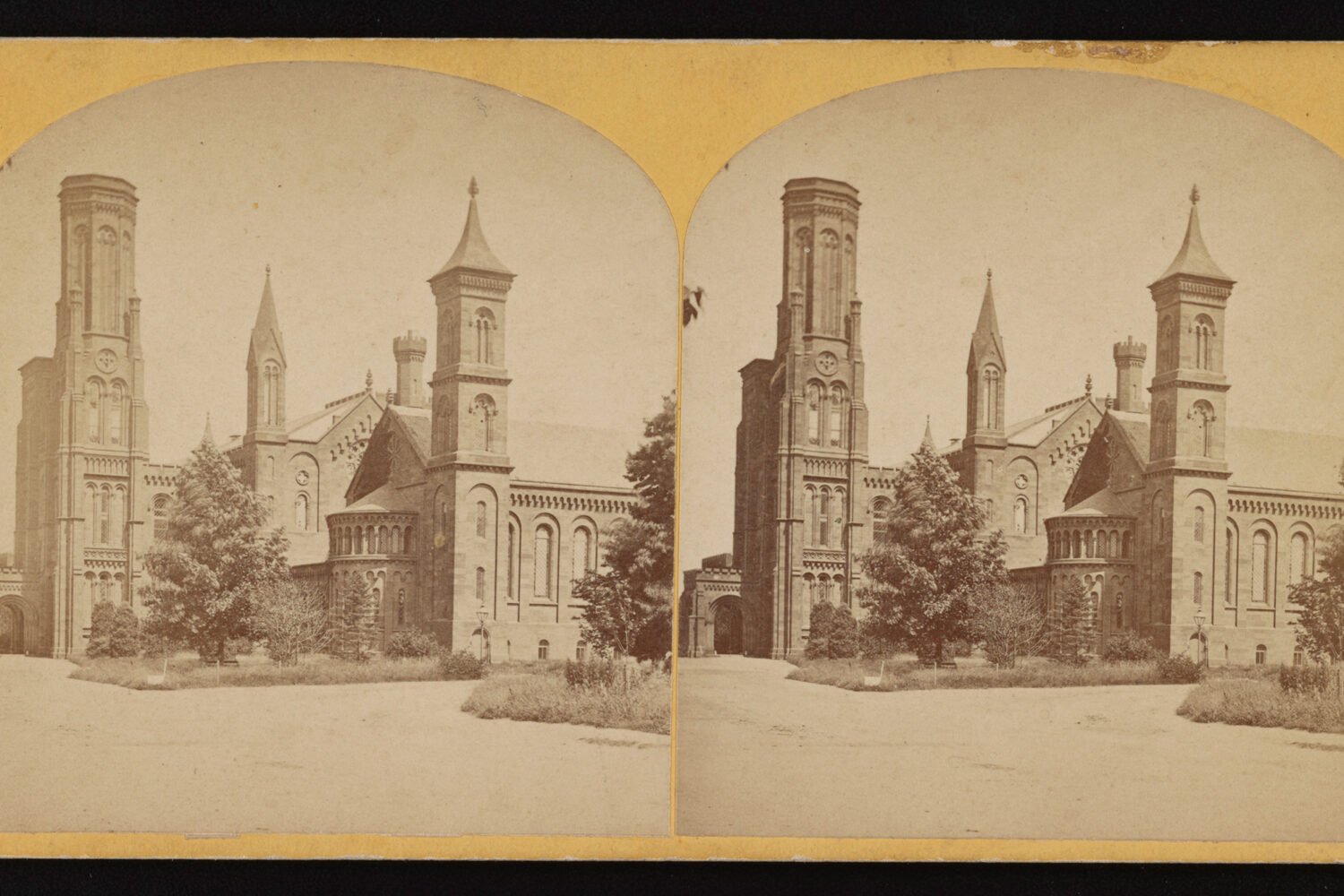Stolen artifacts remain on display in museums all over the world: The famed Rosetta Stone remains in the British Museum and the Bust of Nefertiti is in the Neues Museum in Berlin, even though Egypt has requested both to be transferred back. Different countries, museums, and collectors have responded to calls for repatriation differently; a Dutch advisory committee released a report demonstrating its willingness to return artifacts to former colonies of the Netherlands in 2020, while the British Museum has refused for decades to give back the Parthenon sculptures to Greece, despite that country’s culture minister calling their removal by Lord Elgin in the early 19th century “a blatant act of serial theft.”
Responding to the ongoing uproar, the Smithsonian Institution announced in May a new return policy for stolen or otherwise unethically sourced artifacts. On October 11, the National Gallery of Art (which is not part of the Smithsonian) and the National Museum of African Art transferred ownership of 30* Benin bronzes in their collections back to the people of Nigeria. In 1897, British troops raided the kingdom of Benin as a punitive response to an earlier attack launched by the king. The troops burned and looted the royal palace, and took stolen treasures back to London to pay for the raid. Over 2,000 bronzes are now in public and private collections all over the world, mostly in the US, the UK, and Germany.
Smithsonian spokesperson Linda St. Thomas tells Washingtonian that the bronzes are a perfect example of an ethical return. The historical infamy of the raid on Benin helped expedite what is usually a very lengthy process. “We realized fairly early on there was going to be some return,” says Kevin Gover, Under Secretary for Museums and Culture at the Smithsonian. “The facts were very clear about how they were originally acquired.”
The return process can begin in a number of ways: a community, a government, or a descendant with claims of ownership can request a transfer, or a curator within the Smithsonian can initiate the process in the course of his or her research. In the case of the Benin bronzes, the oba (king) of Benin sent a request to the secretary of the Smithsonian.
The Smithsonian then investigates the claim extensively. Curators from the museum where the artifact is placed will spend months or years determining the authenticity of the claim, which can require tracing the artifact’s entire history. This is called provenance research, and is supposed to be done in collaboration with the originating community.
“We try to find out who actually acquired it from the community, and what were the circumstances of that,” Gover says, who adds that sometimes “there was really no evidence of coercion or duress, or it may be that it was found on public lands or extracted in an archeological dig. There are lots of ways things end up in museum collections.”
If the artifacts are from another country and there is a possibility they will repatriate it, the museum will then involve the State Department. If they decide the artifacts were acquired unethically, the conversation between the museum and the claimant moves to what comes next.
To return the Benin bronzes, the Smithsonian communicated with the government-authorized Nigerian National Commission for Museums and Monuments. The Smithsonian agreed to transfer ownership; the commission agreed to loan the Smithsonian nine Benin bronzes.
Drawing from his experience as director of the National Museum of the American Indian, Gover says that the most important part of these negotiations is “establishing a relationship with [the] community. It’s really less of a transaction, and more of a building of a relationship and an exchange of knowledge.”
If the museum concludes that a claimant is not authorized or that the artifacts in question were acquired ethically, Gover says, then one of the undersecretaries will send that conclusion to Lonnie Bunch, the secretary of the Smithsonian, for his final decision.
While the museum is the primary decision-maker in ethical returns, the decision gets passed up to the secretary if the cost is estimated to be over $100,000, and up to the Board of Regents if over $500,000. The Board of Regents is the governing body of the Smithsonian, whose members include the Chief Justice, the Vice President, and congressional representatives.
According to St. Thomas, decisions also get passed to the board if the artifact is of “great historical significance or of intense public interest.” The Benin bronzes met this criteria, and so their deaccession was approved by the Regents in June. They were repatriated in October, which Gover says is a typical timeline for shipping. “They have to be packed and shipped with great care,” he says. “And those arrangements can take some time.”
Gover says that museum employees are supportive of ethical returns. When Gover worked on returns involving Native American artifacts, he found their reentry into communities to be extremely meaningful, giving him a feeling of “having done something really good.”
To date, the Benin bronzes are the only artifacts to be returned under the Smithsonian’s new policy. Gover doesn’t expect a mass exodus from the institution’s collection. “I mean, we have 100-something million objects, so we can probably do without a few hundred or a few thousand,” he says, adding that the “relationships [the Smithsonian is] going to develop and the knowledge [it is] going to acquire” may be the most significant impact of the new policy. “Perhaps many long-neglected collections are going to get more attention and more care.”
*An earlier version of this story incorrectly stated the number of bronzes that were returned.



















